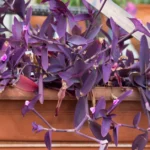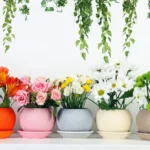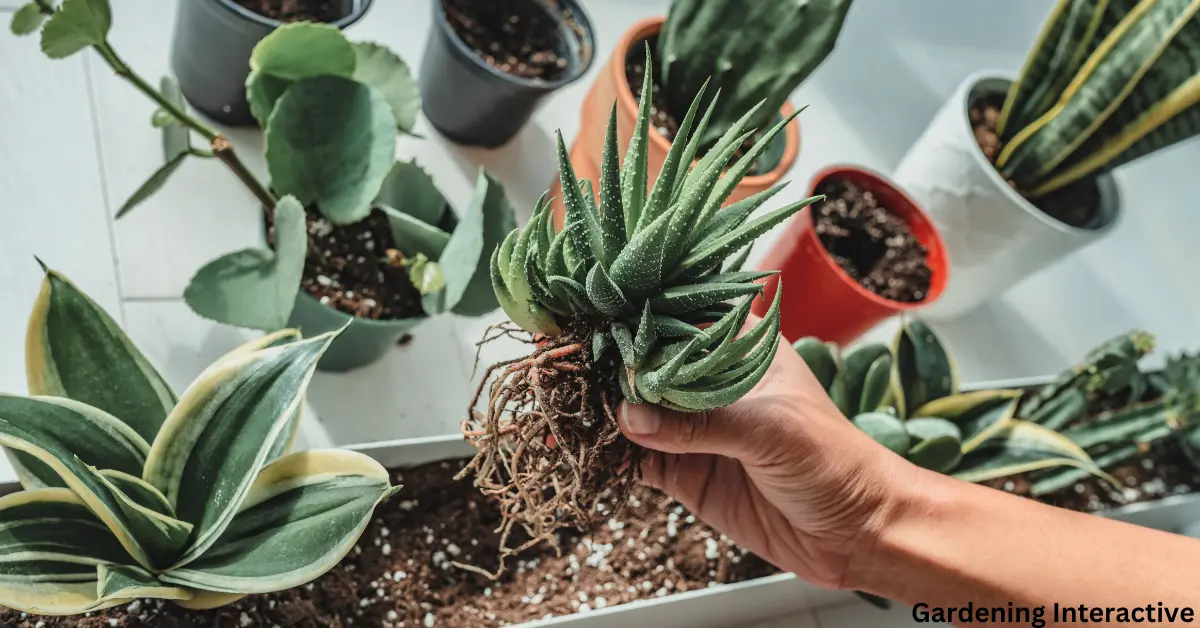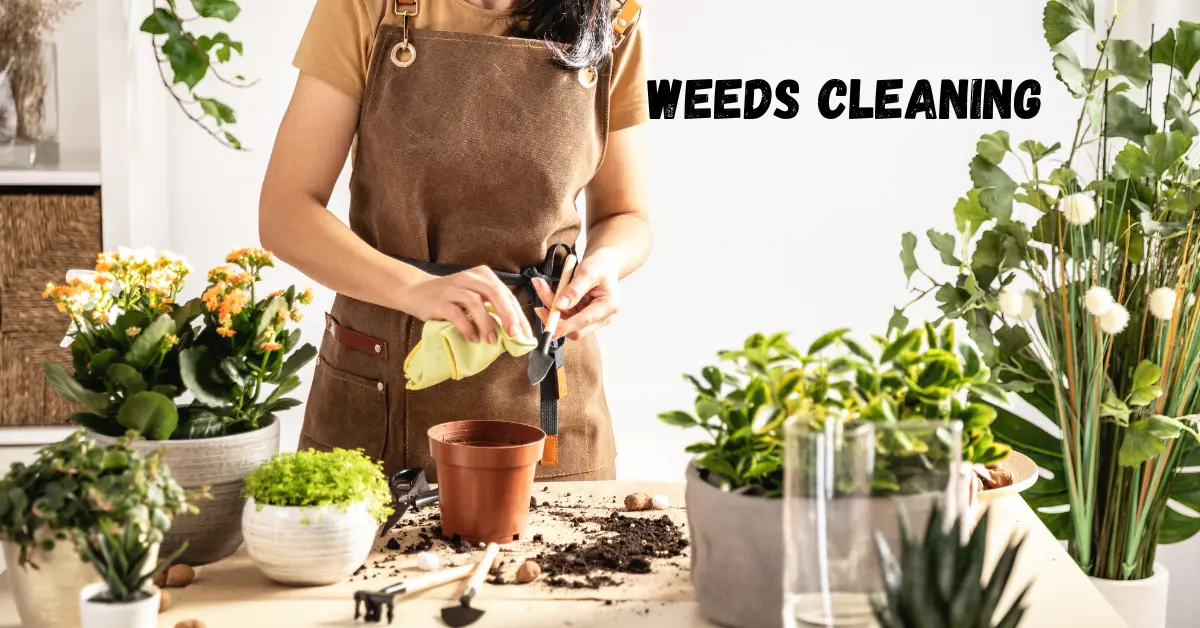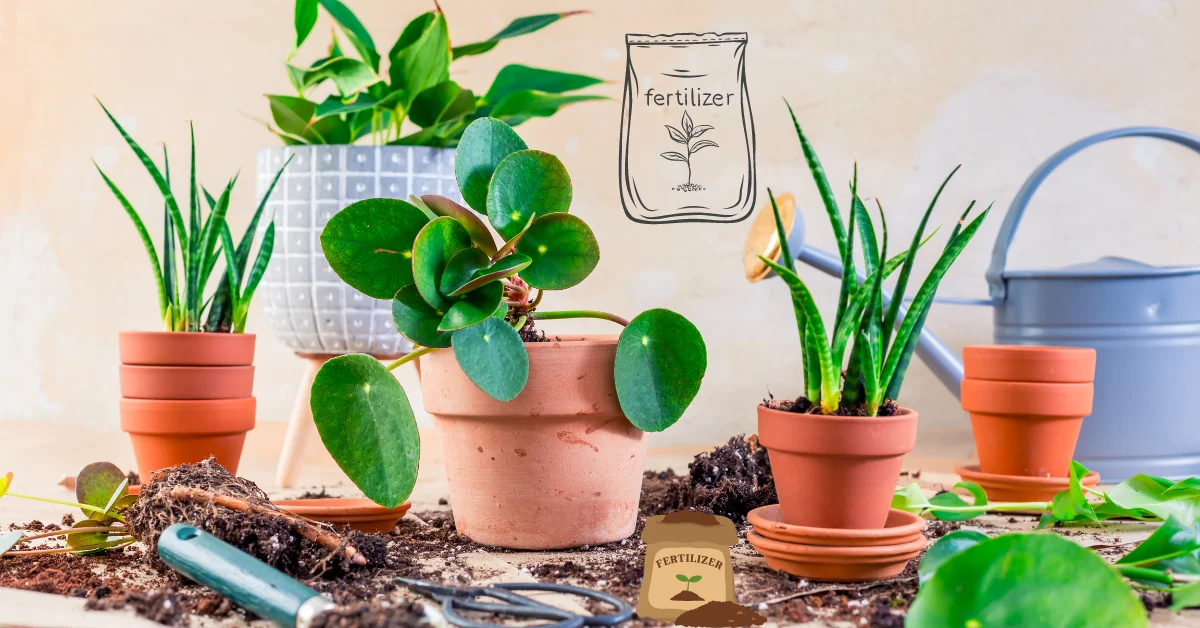
Houseplant Fertilizer: Best Food For Indoor Plants
- Mitford Rakib
- April 15, 2024
- BEGIN YOUR ADVENTURE, Featured, plants care tips and tricks
- 0 Comments
The Comprehensive Indoor Houseplant Fertilizer Guide featuring your houseplants
Intro:
Fellow plants lovers, let me take you to the most beautiful green world beneath the trees with Houseplant Fertilizer! The plants are the most crucial factors inside the house for gardeners. Hence, gardeners must satisfy all the needs of the plants. Like humans, plants also have the same elements and nutrients that they need for their survival and growth as well. The following will be our discussion on types of fertilizers that are used for indoor plants for their benefit. Such plants are indeed beneficial for those who want to have bright and healthy indoor plants.

Understanding Plant Nutrition: Houseplant Fertilizer
And now we jump to discuss plant fertilizers, but take your time to make a plan before implementation. Plants primarily require three key nutrients: These are the major components of the fertilizer mix. For example, Nitrogen (N), Phosphorus (P), and Potassium (K). These steps are essential for healthy leaf and root development and they are required during flowers/fruits flowering.
Read More..
Nitrogen (N): This factor is crucial for stems and also the leaves formation in plants that turns them greener and this simply shows that plants are in good condition.
Phosphorus (P): Phosphorus is crucial for these two functions: increasing root growth and number of flowers, which in their turn yield a higher total yield.
Potassium (K): Apart from enabling the growth, defense, and fighting off a number of diseases, potassium is also an equivalent potency element that boosts the strength of plants and as well it is functional in major metabolic reactions.
Actually, these three requirements are not enough because all plants also need other nutrients like calcium, sulfur, and potassium and trace elements such as iron, manganese, or zinc but small quantities.
Choosing the Right Houseplant Fertilizer:
Now, we could start with finding out the nutrients of the green friends. Next, it’s time we discuss the types of houseplant fertilizers. The fertilizers are manufactured in various types depending on such aspects that plants have demands during different stages of their growth.
All-Purpose Liquid Fertilizers: These tri-packs fertilizers are convenient, and they are a balanced blend supplying all the nutrients needed by a diapason of indoor plants. The sprayers are set up to spray the nutrients into the water which are then used during the growing season to provide a persistent flow of nutrients.
Granular Fertilizers: Ideal for gradual release feeding, granular fertilizers which releases nutrients to the soil one at the time to make the plants naturally grow healthier. They are enormously beneficial for container plants that are situated outdoors, and indoor plants with little foliage, too.
Organic Fertilizers: For conscientious gardeners, who care about the environment, organic fertilizers being a natural resource, derived from plant or animal sources, play a role of an alternative. Tree fallows are made of either organic waste like compost, seaweed extract or fish emulsion. These fertilizers enrich the soil with the necessary nutrients as well as microbial activity.
Water-Soluble Fertilizers: Convenient, quick use or dissolve in water make them easy and defeat the purpose. Allow for quickly feeding plants the nutrients required. They can be used in normal maintenance of houseplants or for the resuscitation of a plant whose slow evolution needs a nutrient top-up.
Specialized Formulations: Specific houseplants for example orchids or succulents are nurtured with exclusive fertilizers, formulated with modified nutrients that are unique to their needs. Likewise, such formulations are meant to satisfy the specific needs of a particular plant species, and this, therefore, leads to an increased production and vitality.
Application Tips:
Now that you’ve selected the perfect Houseplant Fertilizer for your green companions, let’s discuss the best practices for application:
Dilution: Always follow the manufacturer’s instructions for diluting liquid or water-soluble fertilizers. Over-fertilization can lead to nutrient imbalances and plant damage, so it’s crucial to measure accurately.
Frequency: During the growing season, feed your houseplants every 2-4 weeks to sustain healthy growth. Reduce feeding frequency during the dormant winter months when plant growth slows down.
Watering: To prevent fertilizer burn, always water your plants thoroughly before and after fertilizing. This helps distribute the nutrients evenly and minimizes the risk of root damage.
Avoiding Foliar Feeding: While some fertilizers may suggest foliar application (spraying directly onto leaves), it’s best to stick to root fertilization for most houseplants. Foliar feeding can increase the risk of fungal diseases and leaf damage, especially in humid environments.
Observation: Pay attention to your plants’ response to fertilization. Healthy growth, vibrant foliage, and abundant blooms indicate that your fertilization regimen is on point. However, if you notice signs of nutrient deficiencies or leaf burn, adjust your feeding routine accordingly.
Troubleshooting Common Issues:
Even though our method is precise, we cannot guarantee circumstances which may cause us to fail in our goal. Here’s how to identify and address common fertilizer-related issues:
Yellowing Leaves: The presence of yellowing or chlorotic leaves could point to a potential imbalance of nitrogen in the soil along with suppressed growth. Add nitrogen by fertilizing with an all-round fertilizer, or be to the soil some nitrogen-enriched amendments as compost or coffee grounds.
Stunted Growth: With low phosphorus levels, development is either slow or without achieving agreement. Select a fertilizer with rich phosphorus as every part of the plant needs a proper nourishment hence stimulating the root strengthening and encouraging healthy growth.
Leaf Burn: By numerous fertilizer application leaves are basically burnt which severely attacked leaf margins and showed brown color. Flush the soil on a regular basis with water to use up all the salt supplies and revise your fertilization schedule to keep the risk at minimal level.
Fungal Diseases: Overly wet conditions and the fact that pores allow air to enter the leaves, leads to the formation of an environment favorable for diseases like powdery mildew. Fasten air circulation around your plants and know that when fertilizing keeps the foliage dry to reduce the probability of fungal diseases.
Ending Note:
The set point of nutrition inside gardening is a place where the nutrition serves as the bedrock of the strength and vigor of our plants. It will help see the specific requirements for the houseplants chosen for you and by applying the right fertilizer you will be able to keep a room full of green plants thriving and beautifully flowering. As you learn about how to help them grow, by all means please use the fertilization technique appropriately taking their growth into consideration. Indoor gardening, with the right nutrients and bit tender, loving care will find its way and remain healthy and sustainable for a long time.
Frequently Asked Questions (FAQ):
Q: What are the primary nutrients plants need, and why are they important?
A: Plants primarily require three key nutrients: nitrogen (N), phosphorus (P), and potassium (K), often referred to as NPK. These nutrients play pivotal roles in various aspects of plant growth, from leaf development to root formation and flowering. Nitrogen promotes lush, green foliage, phosphorus stimulates root development and flower production, while potassium enhances overall plant health and disease resistance.
Q: How do I choose the right fertilizer for my houseplants?
A: The choice of fertilizer depends on factors such as plant type, growth stage, and personal preference. All-purpose liquid fertilizers offer versatility, while granular fertilizers provide slow-release nourishment. Organic fertilizers are ideal for eco-conscious gardeners, while water-soluble fertilizers offer convenience. Specialized formulations cater to the specific needs of certain houseplants, ensuring optimal growth and vitality.
Q: How often should I fertilize my houseplants?
A: During the growing season, feed your houseplants every 2-4 weeks to sustain healthy growth. Reduce feeding frequency during the dormant winter months when plant growth slows down. It’s essential to observe your plants’ response to fertilization and adjust the feeding regimen accordingly.

